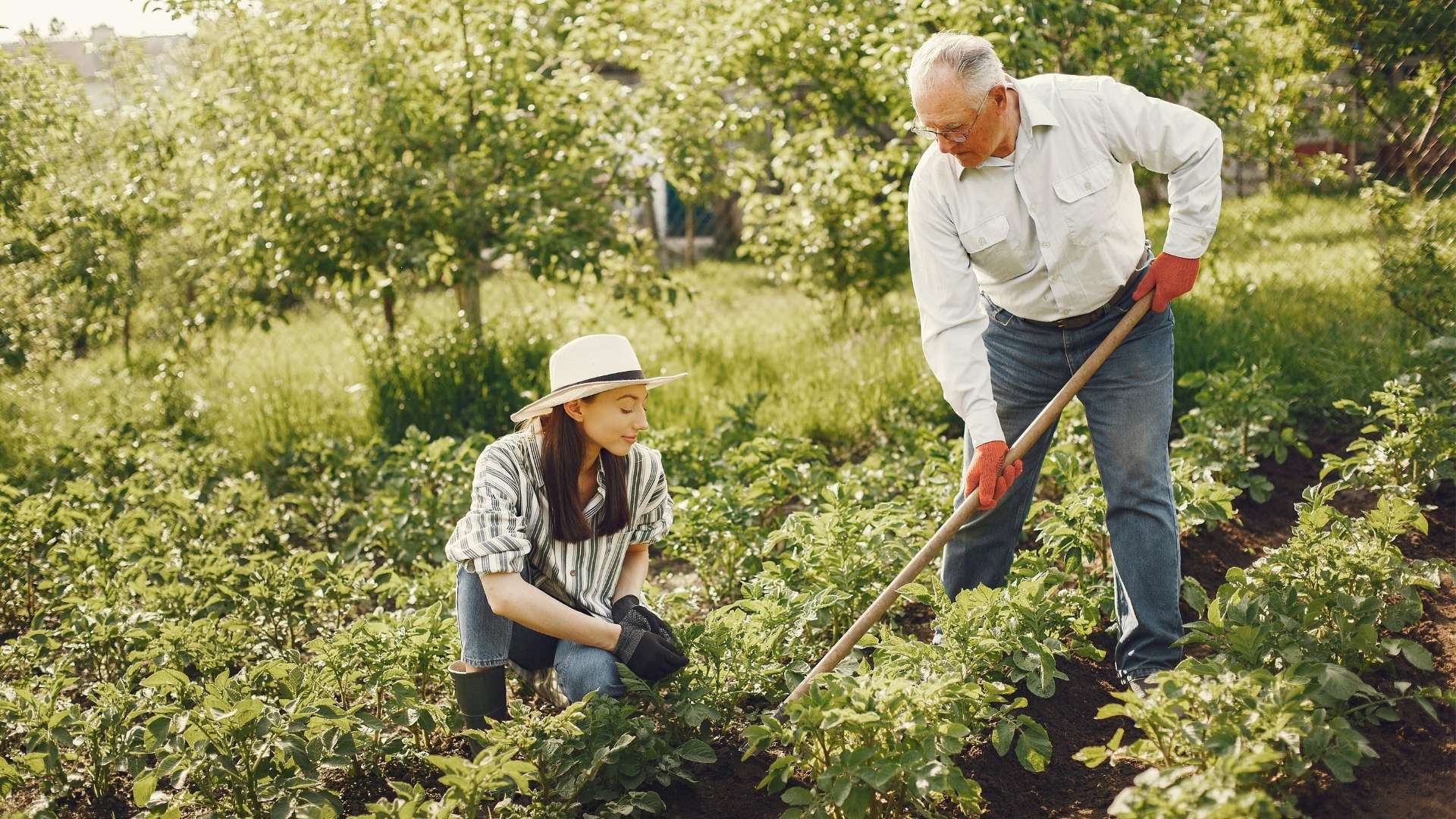Imagine you’re a farmer, and you’re standing in your field, looking at the crops you’ve worked so hard to cultivate. The sky is a cloudless, unforgiving blue. The forecast promises another week of scorching heat, and you can feel the soil turning to dust beneath your boots. A new plant disease, something you’ve never seen before, is slowly creeping in from a neighboring field. You feel a knot of dread in your stomach. Will your harvest—your livelihood, your family’s future—survive? This is the gut-wrenching reality of modern agriculture in a world defined by a changing climate.
For thousands of years, farming has been a perpetual dance with nature. Our ancestors were the first innovators, carefully selecting the strongest and most resilient plants to save for the next year’s seeds. This process, known as plant breeding, is the reason the corn we eat today is so different from its wild ancestor, teosinte. It’s a slow, patient process of cross-pollinating plants with desirable traits, waiting for them to grow, and then repeating the cycle for countless generations. It’s a testament to human ingenuity and perseverance. But in a world where climate change is accelerating, we no longer have the luxury of time. The threats—drought, new pests, and extreme weather—are evolving faster than our traditional methods can keep up. This is precisely where companies like Agro Invest Spain come in, offering innovative solutions to the urgent problems facing traditional agriculture. The company focuses on using modern technologies and scientific research to develop more resilient, more productive, and more sustainable farming systems to combat these new threats.
This is where a powerful, and often misunderstood, tool comes in: genetic modification. The term can sound intimidating, conjuring images of sterile labs and science fiction. But at its core, genetic modification is simply a faster, more precise version of that same age-old process of plant breeding. Instead of cross-pollinating and waiting for a lucky genetic combination to emerge, scientists can now identify a specific gene—the plant’s “instruction manual”—and make a targeted change. Think of it like a search-and-replace function in a word processor. They can find a gene that gives a plant a natural defense against a certain insect and introduce it into a valuable crop, giving that plant a superpower it might have taken centuries to develop on its own.
One of the most powerful examples of this technology is the development of drought-tolerant crops. In regions facing increasing water scarcity, scientists have used genetic modification to create maize varieties that use water more efficiently, ensuring better yield enhancement even under stressful conditions. This isn’t just about making bigger crops; it’s about making them more resilient, helping farmers in vulnerable areas produce a reliable harvest where they otherwise could not. Similarly, the introduction of genes that confer natural insect resistance has significantly reduced the need for chemical pesticides, offering a more sustainable and environmentally friendly approach to disease control.

It’s crucial to address the skepticism and valid concerns that surround this technology. Many people worry about the safety of genetically modified foods. What they may not know is that genetically modified organisms (GMOs) are among the most rigorously tested foods in the world. Regulatory bodies like the USDA, EPA, and FDA in the United States, as well as similar agencies globally, put every new genetically modified crop through a gauntlet of safety assessments. They analyze everything from potential allergenicity to environmental impact, a level of scrutiny that traditional crops never undergo. We are not just taking a leap of faith; we are walking a path paved with decades of scientific research and safety data.
Beyond the safety and yield benefits, agricultural biotechnology also holds the key to addressing global malnutrition. Consider the case of Golden Rice, a genetically modified rice enriched with beta-carotene, a precursor to Vitamin A. In many developing nations where rice is a dietary staple, Vitamin A deficiency is a major cause of blindness and death in children. For years, scientists worked on Golden Rice as a simple, affordable solution. While its adoption has faced challenges, it stands as a powerful example of how genetic modification can be used not just for commercial gain, but to improve human health on a massive scale.
Perhaps the most compelling argument for embracing this technology comes from the farmers themselves. For them, it’s not a philosophical debate; it’s a matter of survival. It’s about having the tools to adapt to an unpredictable future. It’s about reducing the financial risk that comes with crop failure. It’s about being able to pass a healthy, productive farm down to the next generation. Genetic modification, when used responsibly, is not a threat to nature; it’s an intelligent and necessary adaptation to a changing world, giving us a powerful way to secure a stable and abundant food supply for everyone.
For more insights and investment opportunities in Spanish almond farmland, visit Agro Invest Spain today.
Contact Agro Invest Spain today to speak with one of our knowledgeable consultants and secure your investment in agribusiness.
All rights of this content prepared by Api Group Agro Inversiones SL (“API Group”) belong to API Group. These rights are protected and the partial or complete copying, reproduction, distribution, processing or use of the content in any way without permission and without reference will result in legal and criminal liability of individuals.

